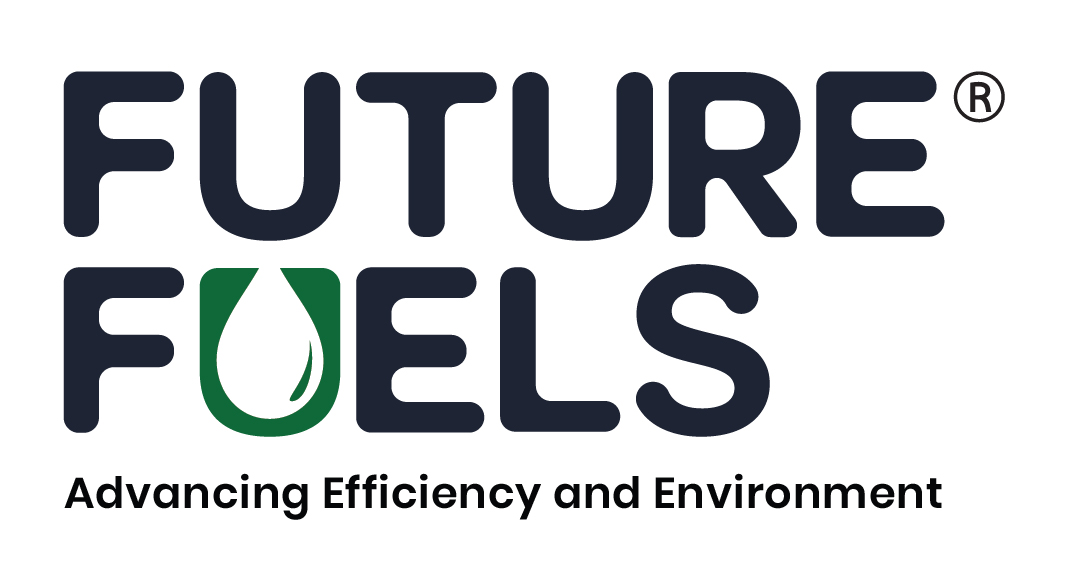Engineers at the company’s operations at Contrecoeur in Quebec replaced about 7 per cent of the natural gas typically used to reduce iron ore with hydrogen made from renewable electricity during the 24-hour test earlier this month. Arcelor partnered with a local hydrogen producer that uses electricity from the Quebec grid, which is powered by renewable hydroelectricity, to source the gas.
The initiative marks another step in the global effort to improve the green credentials of an industry that accounts for 7 to 9 per cent of all direct fossil fuel emissions. Some of the world’s biggest steelmakers, including ArcelorMittal, Thyssenkrupp and China’s Baowu, have launched various initiatives to reduce their carbon footprint.
Steelmaking is highly carbon intensive. Traditional blast furnaces use coking coal to melt iron ore and remove oxygen. A byproduct of this chemical reaction is carbon dioxide, while large amounts of energy are also required to heat the furnaces above 1,000C.
The Luxembourg-based company has so far invested $5.6bn in four such projects, in Spain, Belgium, Canada and France. In Europe, Arcelor has committed to reducing its CO2 emissions by 35 per cent by 2030.
Tags: ArcelorMittal, Fossil Fuel, Green Hydrogen, Thyssenkrupp

Recent Posts
GCMD completes biofuel supply chain trials with Hapag-Lloyd
Airbus partners with Avolon on hydrogen aviation
Nuclear power transition more safe option for decarbonisation than coal
ABS presents industry’s first advisory on ammonia bunkering
AW Shipping orders multiple dual-fuel vessels from China
HIF Global partners with Airbus to advance development of SAF
ASL Aviation signs agreement with ZeroAvia for retrofit
AM Green plans to invest $1 bn to set up 2G biofuel plants